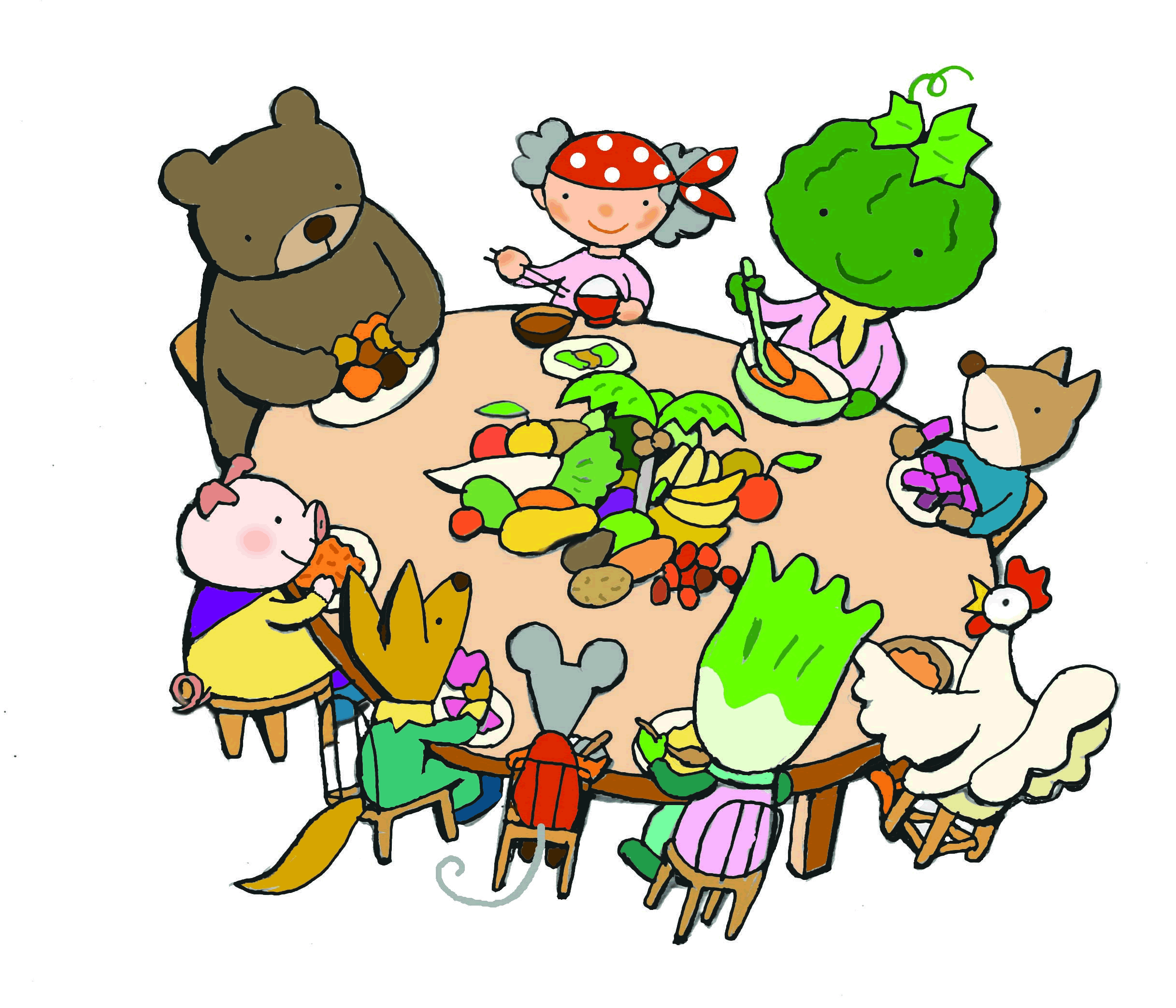080919-cuj-rice-contamination (pdf)
September 16, 2008
To:
Minister of Health, Labour and Welfare
Mr. Masuzoe Yoichi
Minister of Agriculture, Forestry and Fisheries
Mr. Seiichi Ota
From:
Food Safety Citizens’ Watch
Kamiyama Michiko (Representative)
Consumers Union of Japan
Tomiyama Yoko (Chairperson)
Protest Declaration and Questions
“We demand rapid clarification about the current situation, where the government is responsible for not being able to regulate the circulation of the contaminated rice”
Over 3000 metric tones of contaminated rice, most of it Minimum Access (MA) rice, was imported to Japan and resold to food manufacturers. It has been widely used as raw material for food products and even as food rice. This is an illegal criminal business activity, and the legal responsibility must be thoroughly investigated. The government’s responsibility in failing to check and regulate the illegal dispersion of MA rice in the country must be carefully questioned. We strongly request the Minister of Health, Labour and Welfare and the Minister of Agriculture, Forestry and Fisheries to understand the deep concern consumers already have this year about food safety, and we demand answers to the following points before the end of September.
1) Did the Ministry of Agriculture, Forestry and Fisheries perform any kind of inspection of the imported MA rice, which was sold to Mikasa Foods Co., Asai Co. and Ota Co. and what kind of inspection was performed of the imported MA rice?
a) Was the contaminated rice registered at the quarantine station of the Ministry of Health, Labour and Welfare? And was it specified for industrial use or for use by the food industry?
b) Was there any question about the possibility that the contaminated rice, intended for industrial use, violated the Food Sanitation Law or not?
c) How was the inspection at the quarantine station carried out?
d) Why was it not possible to return the rice contaminated with aflatoxins?
e) Why was it not possible to return the rice with illegal levels of pesticide residue?
f) When was it discovered that the rice was contaminated with aflatoxins and pesticide residue?
g) Regarding this kind of defective imported rice, was the exporting country paid, and why?
2) How and where is MA rice normally dealt with if it is illegally contaminated with mold and pesticides?
3) Is it possible that the rice contaminated with aflatoxins is used as animal feed?
4) Why was the rice which was intended to be processed into industrial products including glue used by food manufacturers?
5) How is the industrial glue actually being used? For example, is it used as wallpaper glue in people’s houses?
6) Is other MA rice which was not involved in this scandal being circulated inside Japan as food?
7) Has the rice involved in this scandal also been used as food aid to other countries?
8) Regarding the bidding and inspection of the rice, it has been reported that the Ministry of Agriculture Forestry and Fisheries have offered certain advantages to Mikasa Foods Co. and others. Is this true? If that was the case, why did the government offer such advantages?
9) How will the Minister of Health, Labour and Welfare and the Minister of Agriculture, Forestry and Fisheries take responsibility for this latest problem?
Consumers Union of Japan
Nishi-Waseda 1-9-19-207 Shinjuku-ku
Tokyo, Japan
Note: Based on the Uruguay Round agreements of global trade negotiations, Japan accepted the so-called “Minimum Access” measure (MA) as a special treatment in order to get extensions for its rice tariffs. MA rice should only be distributed to the rice processing industry. Japan’s self-sufficiency ratio for rice is 100% and the country only accepted MA rice after much pressure from other trading partners.

